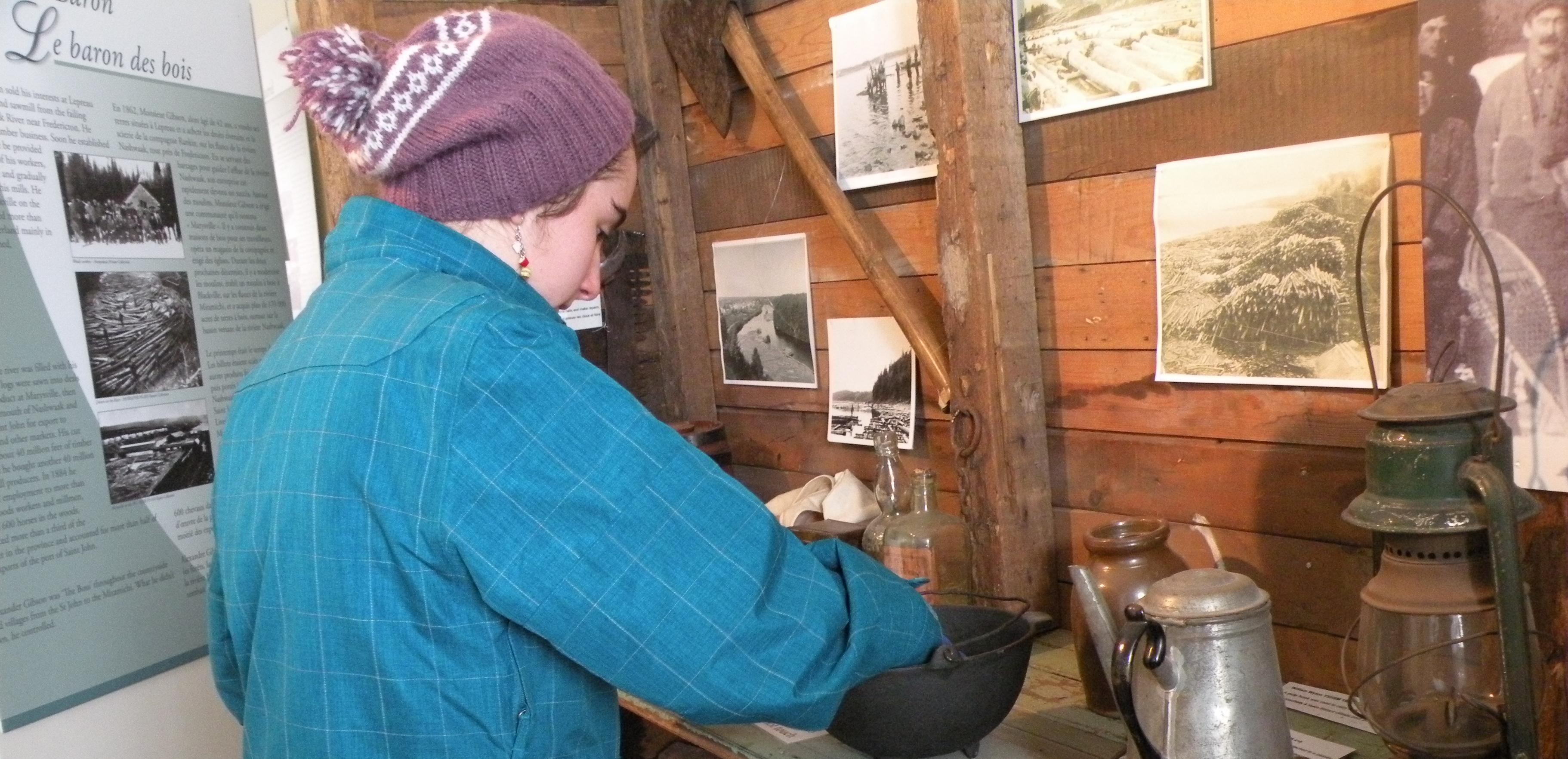De-Constructing Cabinets of Curiosity: History’s Mysteries in the Museum
18 March 2014 - 9:42am
Building upon this month’s theme of ‘Canadian History’s Mysteries’, I would like to share with you some of my own fieldwork experience regarding museum education and the historical thinking concept of evidence and sources. This research demonstrates how students can be empowered to not just absorb the narratives they encounter in museums—but rather consider exhibit artifacts as mystery sources waiting to be deciphered.
Central to this approach to museum education is the understanding that a discipline-based method for historical inquiry in museums requires a slightly different set of procedures. This is because history museums are not like other sites of learning. Curators in history museums become very adept at "reading" artifacts for their visual clues. Within the museum profession, historians who have nurtured this ability are called material historians. Hence, material historians are able to read much more than words.
 Material historians also do not see artifacts as props to illustrate a preconceived idea. Instead, material historians see artifacts as rich sources of evidence. In this sense, artifacts represent the starting point for any historical inquiry – not the end point.
Material historians also do not see artifacts as props to illustrate a preconceived idea. Instead, material historians see artifacts as rich sources of evidence. In this sense, artifacts represent the starting point for any historical inquiry – not the end point.
So, how can educators empower middle school students to think historically within history museums? The key rests with enabling them to go directly to the artifact. In so doing, students can learn how to unlock the evidence within each and every source they encounter.
With this principal in mind, I have adopted a material history framework that was first formulated by graduate students at the University of New Brunswick in the early 1980s. The scaffolding version that was developed for my research focused upon four basic steps of historical inquiry:
1. Describe: Carefully recording any observable evidence the artifact contains;
2. Corroborate: Comparing the artifact source (along with exhibit text) against the accession file (and other artifacts within the collection) for additional clues, questions, or contradictions;
3. Contextualize: Extending the inquiry to search other secondary sources for additional background information;
4. Conclude: Formulating a summary statement about the artifact, based upon findings.
Such a process actually enables students to de-construct museum narratives. In the case of my seventh-grade class, it also led to many unexpected surprises for students. They quickly discovered that the past is not always as it first appears. Through careful examination of the primary artifact sources, several students found contradictions within the museum exhibits, some uncovered new information, and all experienced the problematic nature of historical inquiry.
How do you work with artifacts in your history lessons?
Photo: Author's photo.

